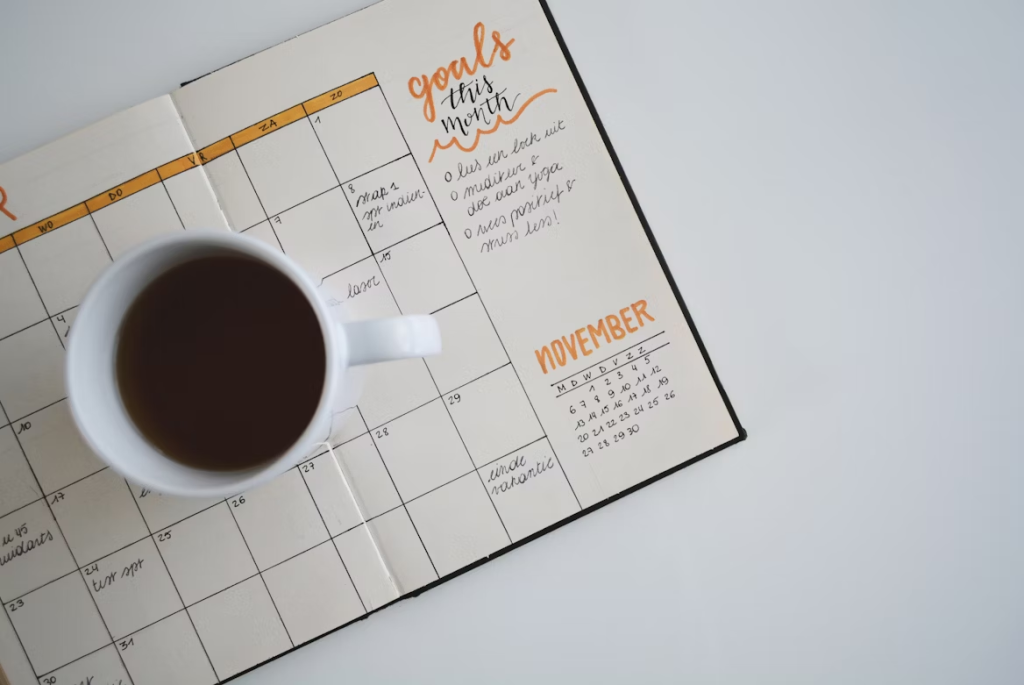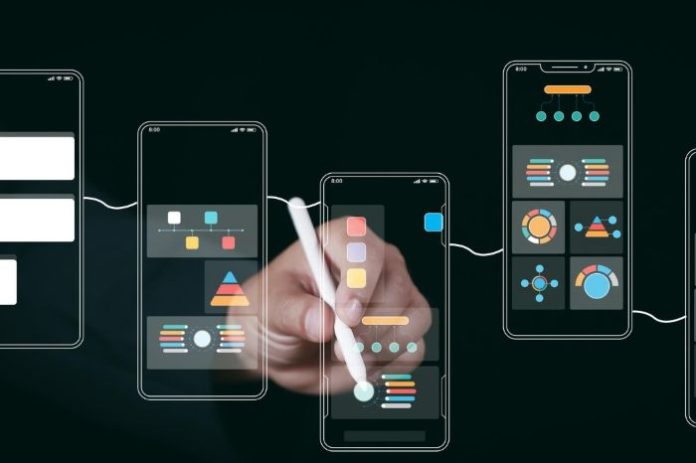It’s estimated that 15 million adults in the US have ADHD. So, it’s a canon event if you’ve ever opened five tabs, started three tasks, and finished none. If anyone needs organization apps to survive, it’s people with ADHD.
People with ADHD are always recommended to just “get a planner” or write everything down, but you, as a fellow ADHDer, know that it’s not that simple. There are some days when even brushing teeth seems like the hardest thing you’ve ever had to do.
You’re not lazy or weird for this. People with ADHD live in a world that wasn’t made for them. Unfortunately, we still have to adapt to the world. That’s why finding the ADHD organization tool that will work for your brain is important. Here are the five best ADHD organization Apps for adults, according to our audience.
Key Takeaways
- ADHD affects 15 million adults in the US, making organization apps essential for daily tasks.
- Finding the right ADHD organization tool is crucial; our audience suggests five effective methods and apps.
- Top recommendations include Breeze Wellbeing, Pen and Notebook, Focus Friend, any music app, and a digital calendar.
- Breeze Wellbeing offers self-discovery tests, journaling, and calming games to help build healthier routines.
- When choosing ADHD organization tools, prioritize approaches that align with your natural habits and avoid pressure for productivity.
Table of contents
Top 5 Best ADHD Organization Tools
The market is so oversaturated with mental health apps and even traditional methods to stay organized with ADHD. In our top 5, you’ll find both the best apps and well-known methods that our editorial team found the most useful:
- Breeze Wellbeing
- Pen and Notebook
- Focus Friend
- Any music app
- Any (digital) calendar
Remember: finding an ADHD organization tool won’t make you more disciplined. But the right tool will make draining tasks at least a little bit easier.

1. Breeze Wellbeing
Breeze Wellbeing isn’t explicitly designed for ADHD management, but it’s designed with neurodivergent people in mind. Its overall goal is to learn more about yourself and use this information to build healthier routines. That’s what individuals with ADHD look for as well.
A feature that sets Breeze apart from other ADHD apps is its self-discovery tests. Among the evaluations, they also offer an ADHD test if you suspect that your problems with concentration and impulsivity may come from something more than stress. The assessment is built on the Adult ADHD Self-Reporting Scale (ASRS), a trusted framework, the results of which can be escalated to a mental health professional.
Some features of Breeze Wellbeing that will help to stay organized with ADHD are:
- Journaling. You can use it as both a tool for reflection and a notebook to note down urgent thoughts that would otherwise disappear into thin air.
- Mood tracker. People with ADHD are known for forgetting what they had for breakfast, let alone something that upset them. A mood tracker helps with connecting consequences to the reasons.
- Routine builder. Choose a goal, break it down into smaller tasks, complete them, and get rewards. All of this with a nice design.
- Relaxing games. When you’re over- or understimulated, you can turn on simple, relaxing games rooted in mindfulness to calm down a racing mind.
2. Pen and Notebook
We wrote “a pen and a notebook”, meaning anything you can make notes in and that you can have in front of you throughout the day. But a physical pen and notebook seem to be the best choice for most people with ADHD.
For ADHD brains, physical apps like a pen and notebook activate sensory and motor memory, making information “stick.” A notebook helps with object permanence. You literally see what needs to be done, rather than relying on your mind to remember it.
Keep it simple: no elaborate bullet journal spreads or aesthetic expectations. Just a page divided into “Now,” “Later,” “Maybe,” “Thoughts,” “Wants,” “Other,” etc. Later on, it can evolve into some structure that will feel natural to you. Use sticky notes, highlighters, or doodles if it helps you engage visually. Keep your notebook open and visible on your desk.
3. Focus Friend by Hank Green
Earlier this year, Hank Green, a popular influencer and science enthusiast on TikTok, launched his free focus app, called “Focus Friend.” The idea behind this app is simple and genius.
You get your own pet, Bean. And Bean wants to spend time together. When you set a timer for a certain amount of time, you sit with Bean. You are doing your stuff, and Bean knits socks and scarves. Socks and scarves are currency in the app. You can exchange them for cute furniture and decorate Bean’s room.
The approach of Green’s app is rooted in gamification. It doesn’t matter what you do, but how you do it. When you get rewards and also feel the nice impact of your actions, you’ll be more motivated to do even the most boring tasks.
4. Spotify (or Any Music App)
Music isn’t just entertainment; it’s a neurological ADHD organization tool. For people with ADHD, the right rhythm can help regulate dopamine and synchronize brain activity. Playlists like “Lo-Fi Beats,” “Brown Noise,” or “Deep Focus” create predictable sound patterns that quiet the background noise of the mind.
You can use music strategically: upbeat tracks to start the day, instrumental to work, and ambient sound to fall asleep to. Consistent auditory patterns can improve focus and decrease impulsivity in individuals with ADHD.
We mentioned Spotify because it already has a huge number of playlists explicitly designed for ADHD and different scenarios. Some of the playlists are designed by Spotify, others by users. But you’re also free to explore other platforms, the ones you’re already paying for.
5. (Digital) Calendar
Old as a world recommendation, but one of the most effective ADHD organization apps for adults, according to the internet, is to have a calendar. Either a digital one, one in a notebook, or doodle on your whiteboard. Experiment with many, choose one that sticks.
For people with ADHD, time can feel abstract. What’s due “next week” might as well be “never.” The main thing — put a calendar in front of your eyes. If you work a desk job, make Google Calendar the default tab. If you’re a stay-at-home mom, place a whiteboard on a fridge.
Extra tip: Try color-coding your events based on energy rather than urgency. Green for light tasks, orange for focus-heavy ones, blue for rest or social time, etc. And always schedule “transition time” between meetings or tasks: ADHD brains need space to reset between focus bursts.

How to Choose ADHD Organization Tools
Nothing seems to suit you? Don’t worry, it’s totally okay to try multiple things. We don’t want to leave you hanging if none of these ADHD organization apps appeal to you. So, here are some tips on how to choose the right ADHD organization tool for adults:
- It shouldn’t pressure you to be productive.
Forcing oneself to be productive can feel suffocating for people with ADHD. They know they can’t be as productive as neurotypical individuals. So, they don’t need more reminders to “hustle.” A good ADHD organization tool will motivate you through encouragement, not guilt.
- It should fit your schedule.
If you’re not a morning person, no 5 a.m. habit tracker will fix that. ADHD-friendly apps should align with your natural energy patterns, not fight them.
- It should always be within reach.
If you can’t find your planner, or your app requires five clicks to open, you won’t use it. That’s just how ADHD works. Keep your apps visible and accessible: a notebook on your desk, an app pinned to your home screen, a calendar widget on your phone, etc.
- It shouldn’t force you to change.
The best ADHD organization apps don’t try to “fix” your brain. Whether you think in visuals, lists, or even cartoons, your tool should fit your thinking style.











